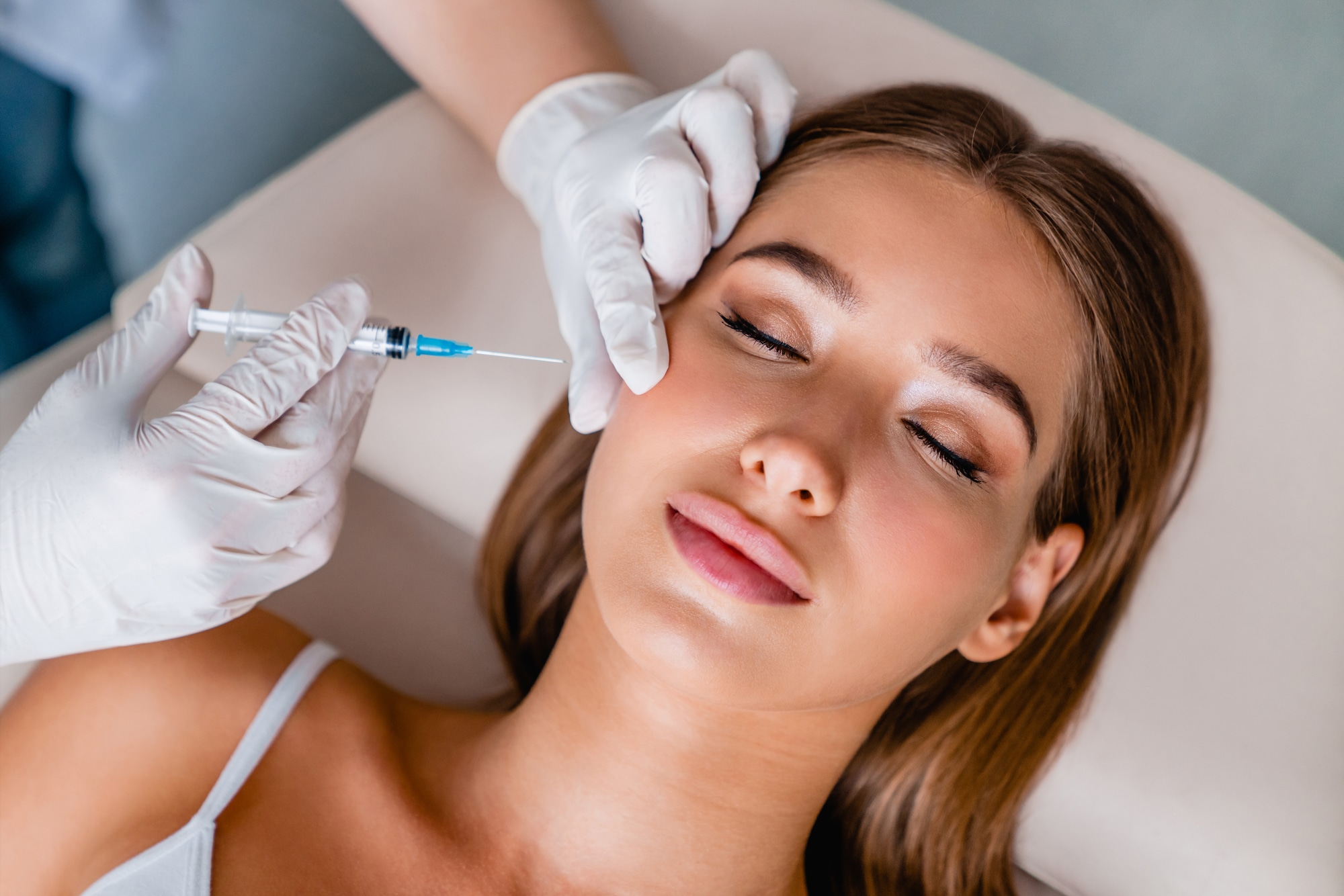In recent years, the rise of “Baby Botox” — a low-dose, preventative form of Botox — has seen a dramatic uptick among Gen Z, with many individuals in their early 20s seeking treatments to “freeze” time before the signs of aging appear. While the trend is often framed as a harmless or even smart beauty choice, dermatologists and psychologists are raising red flags, pointing to long-term physical and psychological implications.

What is Baby Botox?
Baby Botox involves administering smaller-than-usual doses of botulinum toxin to minimize fine lines and prevent wrinkles. Unlike traditional Botox used to treat deeper lines in older individuals, Baby Botox is promoted as a “subtle tweakment” for people in their 20s and early 30s.
The appeal? Minimal downtime, natural-looking results, and a growing influence from beauty influencers and TikTok tutorials that glamorize early intervention. But beneath the surface lies a troubling shift in body image norms.
The Rise of “Perception Drift” in Gen Z
A major concern among mental health professionals is “perception drift” — a term coined to describe a phenomenon where individuals lose touch with how they naturally look. Dr. Julie Hure, a clinical psychologist specializing in body dysmorphia, explains:
“Young people are frequently exposed to edited images and AI-altered selfies. With time, their sense of reality becomes warped. They begin comparing their real faces to filtered ones — leading to dissatisfaction, low self-esteem, and repeat cosmetic procedures.”
Social media platforms like TikTok and Instagram are filled with tutorials promoting Baby Botox as a normal part of self-care, alongside facials and sunscreen. Unfortunately, this normalization can create a dependency loop, where users feel they constantly need cosmetic touch-ups to maintain their ‘improved’ appearance.
Medical Risks of Early Botox Use
While Botox is FDA-approved and considered safe when administered by professionals, starting injections at a young age without medical necessity carries risks:
- Muscle atrophy: Long-term use may weaken facial muscles, leading to sagging in areas not treated.
- Resistance to Botox: Frequent treatments can cause the body to build antibodies, making Botox less effective over time.
- Facial stiffness and unnatural expressions: Overuse — even in small doses — can make subtle expressions disappear, impacting non-verbal communication.
- Masking underlying health issues: For some, premature cosmetic treatments could cover up deeper concerns like anxiety or body dysmorphia that require psychological support, not aesthetic solutions.
Industry Influence and Commercial Pressure
The growing accessibility of medspas and “tweakment” clinics has blurred the lines between medical care and cosmetic retail. Unlike traditional dermatology, many of these facilities prioritize profits over patient education, offering discount packages and loyalty rewards that incentivize repeat visits.
Marketing terms like “prejuvenation” and “maintenance Botox” are carefully crafted to target image-conscious Gen Z clients and position cosmetic procedures as essential, not optional.
Dr. Amanda Weiss, a board-certified dermatologist, cautions:
“Botox isn’t a beauty routine; it’s a medical procedure. Gen Z is being sold the idea that aging is a flaw, rather than a natural process.”
A Need for Balanced Conversations
While there’s no harm in exploring personal beauty choices, experts urge that conversations around Botox — especially in younger demographics — need to be grounded in science, ethics, and mental well-being.
Parents, schools, influencers, and healthcare providers must play a part in shaping healthier narratives around self-image and aging.
Rather than encouraging a dependency on early cosmetic intervention, society should promote:
- Media literacy to counter unrealistic beauty standards.
- Access to psychological support for those struggling with self-perception.
- Informed consent and transparency in the cosmetic industry.
Conclusion: Botox or Band-Aid?
Gen Z’s embrace of Baby Botox reflects a deeper shift in how youth see themselves — and how the beauty industry profits from that view. While cosmetic treatments can boost confidence for many, their overuse risks creating a generation disconnected from their natural appearance.
